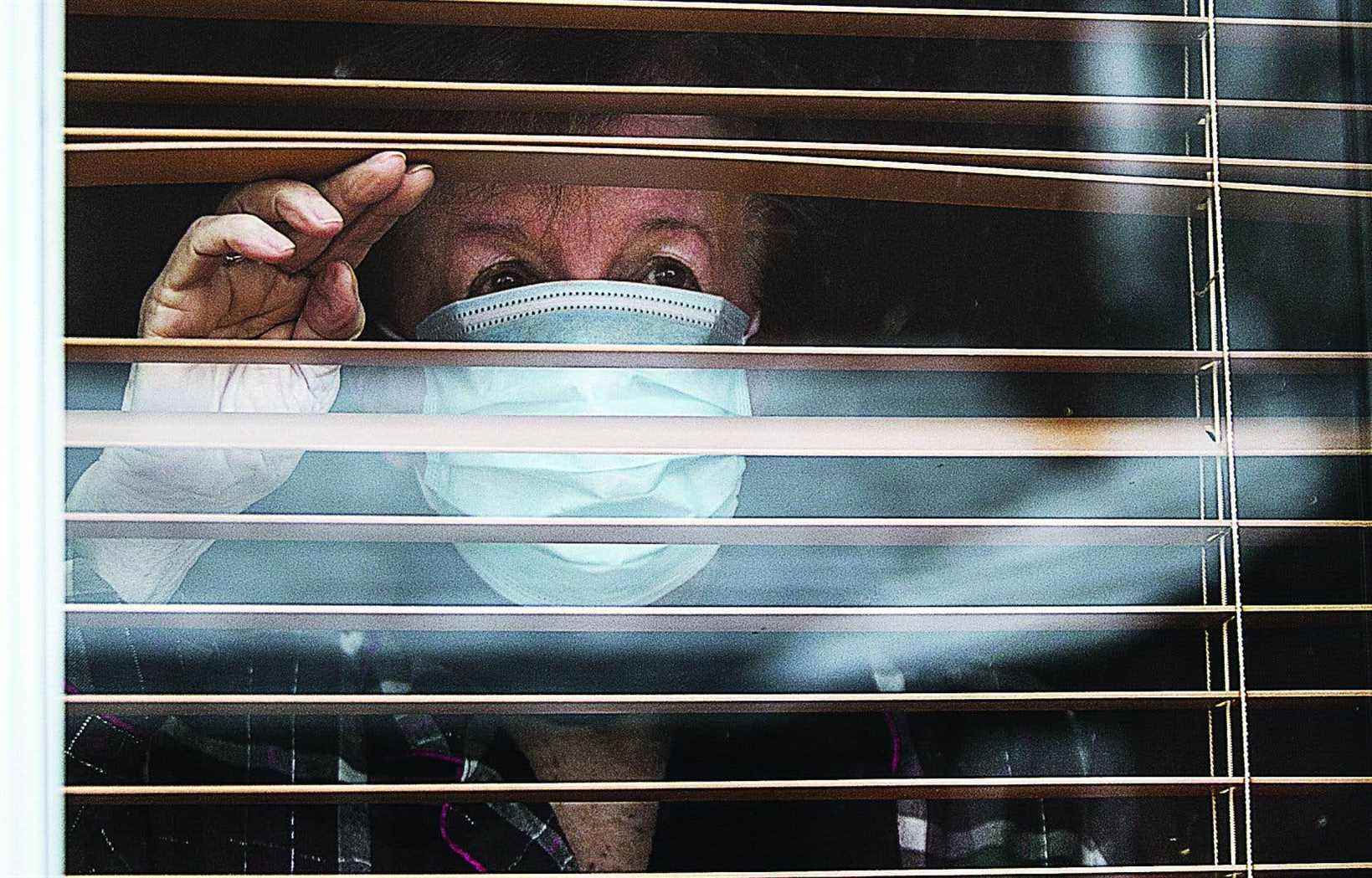5060. This is the number of people who died in CHSLDs in Quebec during the first two waves of COVID-19 cases. Despite subsequent waves that overshadowed this tragedy, a look back today allows us to understand what really happened during these first moments of the pandemic. And to learn from it, relate three journalists in a book published last week.
Gabrielle Duchaine, Katia Gagnon and Ariane Lacoursière conducted nearly a hundred interviews to write their book 5060: The carnage of COVID-19 in our CHSLDs.
The most striking thing, for Katia Gagnon, is the date on which the virus entered certain CHSLDs for the first time: March 15. At that time, the words of Prime Minister François Legault on television were still reassuring. “It was on the radar of 0 people in Quebec. »
“It became obvious when the red list of CHSLDs came out,” notes Gabrielle Duchaine. We could see that there were all sorts of incongruities. In terms of data, [le premier ministre] was offline. On the ground, examples came from everywhere. »
The reality is indeed cruel. The virus is spreading everywhere and, without clear guidelines to prevent infections, employees are getting sick just as much as residents. The assessment set out in the work of the three journalists reveals the extent of the devastation caused by the virus in certain establishments. In the Vigi Mont-Royal residence, “all of the beneficiaries were infected”. At Vigi Dollard-des-Ormeaux, “45% of the beneficiaries will die there”.
It took the “mass blow” of the report by The Gazette about the CHSLD Herron so that the collective awakening is triggered, on April 10. And it will be necessary to wait a few more days before the situation is restored, when the army finally arrives and the “spiral of absenteeism” in which the residences for the elderly were sinking is reversed.
The acute phase of the crisis will thus last two long months, from March to May.
The scrutiny of the situation seems to point to those responsible. Some deputy ministers preferred to be reassuring than realistic. The lack of protective equipment and data made it difficult for everyone. The priority given to hospitals has also created a large blind spot in CHSLDs.
The authors do not wish to accuse anyone – “everyone did their best” – but rather ensure a duty of memory so that such a tragedy does not happen again. “People pass the buck rather than learn from this. That’s more what is worrying, ”raises Gabrielle Duchaine.
“It exists again, several residents in the same room. There is still an extreme shortage of personnel. The network is not fully recovered, ”she lists.
Punctuated with testimonials from bereaved families, the book also puts names to a number, a way of paying tribute to the life of these octogenarians, nonagenarians and centenarians who sometimes died not of COVID-19, but of sad abandonment.
This text is taken from our newsletter “Coronavirus Mail” of April 4, 2022. To subscribe, click here.
